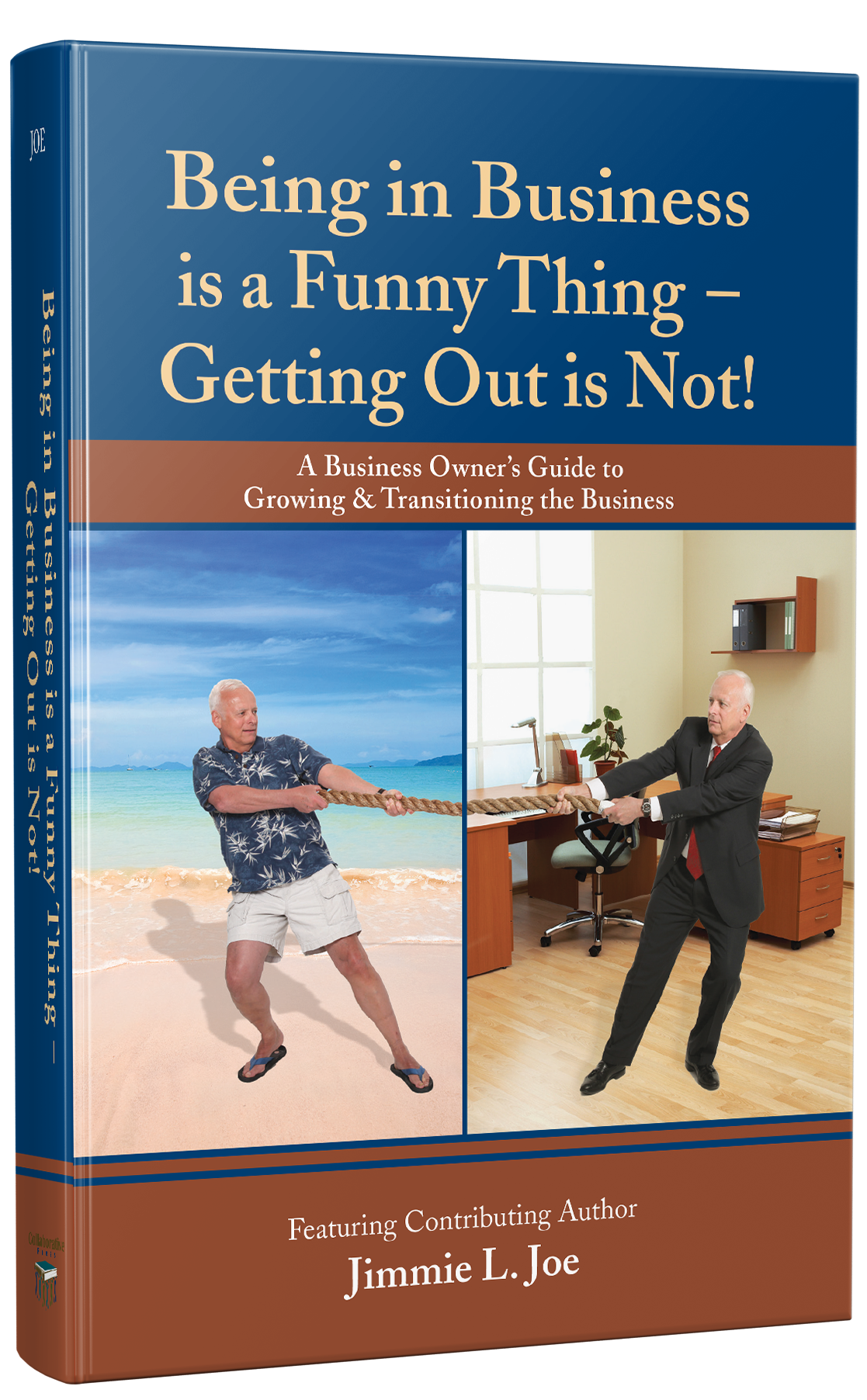Family Limited Partnerships
The Family Limited Partnership (FLP), when used properly, can be an extremely valuable tool for preserving wealth, protecting assets from frivolous lawsuits and creditors claims and allowing married couples to maintain control over their estate while reducing or eliminating estate taxes. It is especially useful where a family business or real estate is involved.
A married couple sets up a FLP by transferring all of their assets into the FLP in exchange for shares in the FLP. The parents become the general partners, with absolute decision-making authority and control over the assets of the FLP. Each of the children become limited partners in the FLP, having an ownership interest in the assets, but not having any decision-making authority with respect to distribution and control. The parents use their lifetime estate and gift tax exemptions ($2,000,000 for a married couple in 2002 and 2003) to transfer their assets into the FLP. For example, in a $2,800,000 estate, the couple would transfer $2,000,000 into the FLP so that the transfer would be tax-free. They would retain the remaining $800,000 for the time being. Assuming they have four children, each child would be given an interest as a limited partner. In our example, each child’s interest in the FLP would be $500,000. Since the couple used their $2,000,000 lifetime exemption to make the transfer, there would be no gift or estate tax on the transferred interests. The couple would then use their annual gift tax exemption to transfer $22,000 ($11,000 each for husband and wife) per year to each child tax-free. Since there are four children, the couple would be able to reduce their estate by $88,000 per year. In about ten years, the couple would be able to transfer their entire estate tax-free to their children. The couple, as general partners, would have to retain 1% of the assets if they want to retain control of the FLP. When the couple passes on, their estate has effectively been transferred to their children tax-free.
The FLP allows the couple to retain absolute control. They determine how the assets are managed, when income is to be distributed and how the partnership is run. The children have no say in how the FLP is managed since they are limited partners. Losses and profits are allocated among the partners, but no income is distributed unless the general partners decide to do so. The general partners may also execute a written agreement that restricts sale or transfer of the shares without their approval.
When the assets are transferred to the children, the limited partnership shares are highly discounted, since they are minority shares without a ready market. As a result, the value of the estate and, thus, estate taxes are further reduced.
Finally, the assets are protected from creditors. A judgment creditor does not have any rights in the partnership assets since the assets are owned by the FLP. A creditor can only make a claim against distributed income. However, there is no requirement for a limited partnership to ever distribute income. The general partners (parents) have the absolute discretion to determine when and if income is to be distributed. A judgment creditor has no more rights than a limited partner. However, if such creditor seeks to collect on a judgment and is given a charging order against the FLP, he or she is required to pay income taxes on their proportionate share of the income even though no distribution has occurred. It is obvious that this discourages creditors from waiting until the general partners pay a distribution. As a result, lawsuits are often settled for much less than their judgment amount.









